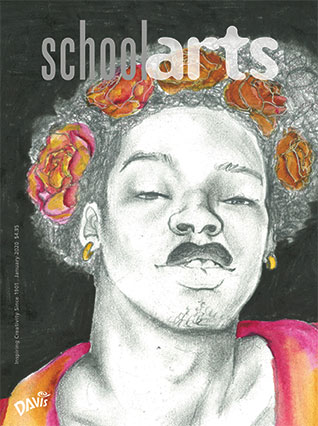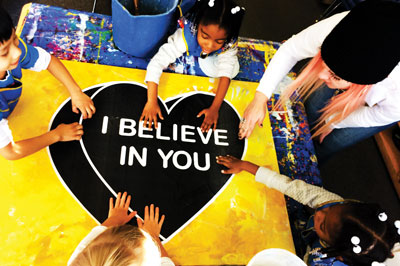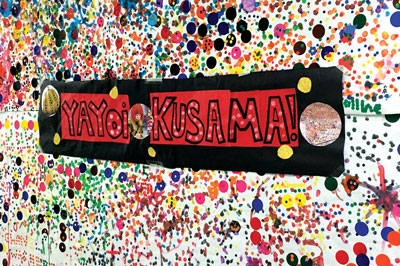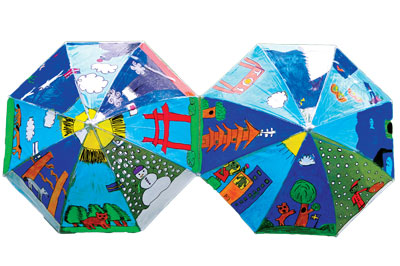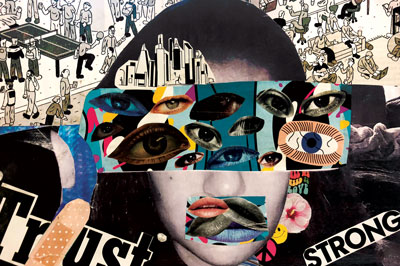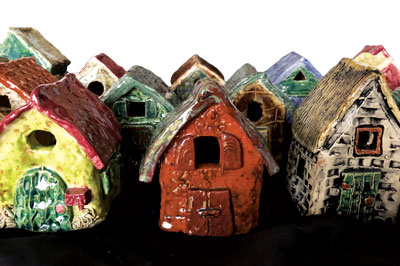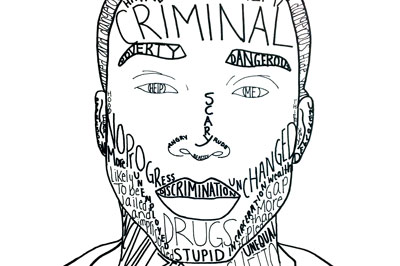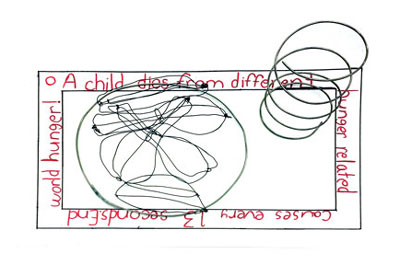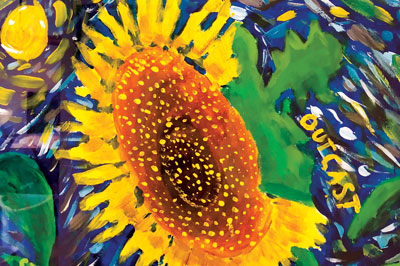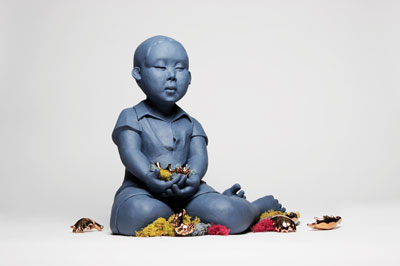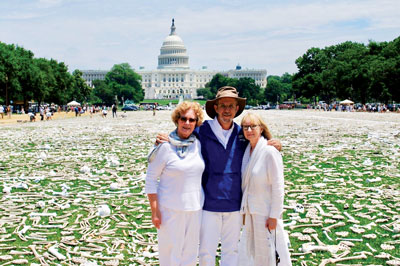
Editor's Letter: Empathy
What does it mean to be empathetic? Simply put, empathy is the ability to understand and experience the feelings of others. Research has shown that empathy can be taught. According to “4 Proven Strategies for Teaching Empathy,” written by Donna Wilson and Marcus Conyers (Edutopia, edut. to/30XUf9w), one of the best ways to teach empathy is for the teacher to model empathy.
Read Article
